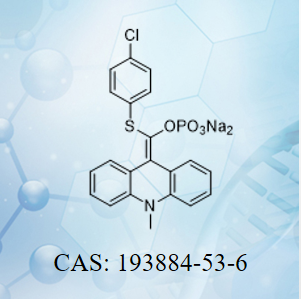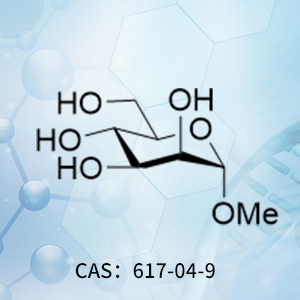link
Prof Sharpless' Eye Accident
A cautionary tale from the past
K. Barry Sharpless, March 11, 1992
Many of you may know that I was blinded in one eye during a lab accident in 1970, shortly after I arrived at MIT as an assistant professor. I always wore glasses whenever I was at my bench, and while I felt I conscientiously observed safety measures, my experience proves one can't be too cautious about wearing safety glasses.
As I prepared to go home from the lab during the early hours of the morning of the accident, I looked in the bays to see what my co-workers were doing, and then returned to my own bench, removed my safety glasses, and put on my parka. As I was walking to the door, I passed the bench where a first-year graduate student was flame-sealing an NMR tube. I asked how it was going, and he replied, "Good, I've got it sealed." He was sealing off the tube at atmospheric pressure under a flow of nitrogen gas while cooling the tube in a liquid nitrogen bath, a technique neither of us had performed before. Nor, I regret to say, had we looked up the procedure, which we subsequently discovered to be incorrect. I stopped by his bench, picked up the tube from the bath, and held it to the light. The tube immediately frosted over, and, as I wiped it to better see the contents, I noticed that the solvent level was exceedingly high. Suddenly the solvent level dropped several inches. Though I instantly realized condensed oxygen had been sealed in the NMR tube, I was quite literally unable to move a muscle before it exploded. Glass fragments shredded my cornea, penetrated the iris, and cause the partial collapse of one eye. My only other injuries were superficial face cuts.
My first two weeks at Mass Eye & Ear were spent totally immobilized and with both eyes bandaged. The pain was terrific, but my fear was even greater: I had been warned that when my eyes were uncovered there was a small chance I might blind in both eyes due to "sympathetic ophthalmia." Because eyes are walled off from the rest of the body in utero, eye protein driven into the blood stream can raise an immune response that leads to the "killing" of the uninjured eye. My disappointment at having no functional vision in my injured eye was, needless to say, surpassed by my joy at retaining full vision in my good eye.
The lesson to be learned from my experience is straightforward: there's simply never an adequate excuse for not wearing safety glasses in the laboratory at all times.
This is posted on the EHS website with Dr. Sharpless' permission (12/29/11) in an effort to reach everyone in the MIT community. Dr. Sharpless was a long-time member of the MIT faculty, last holding the Arthur C. Cope Professorship in Chemistry. He is now at the Scripps Research Institute in California.






